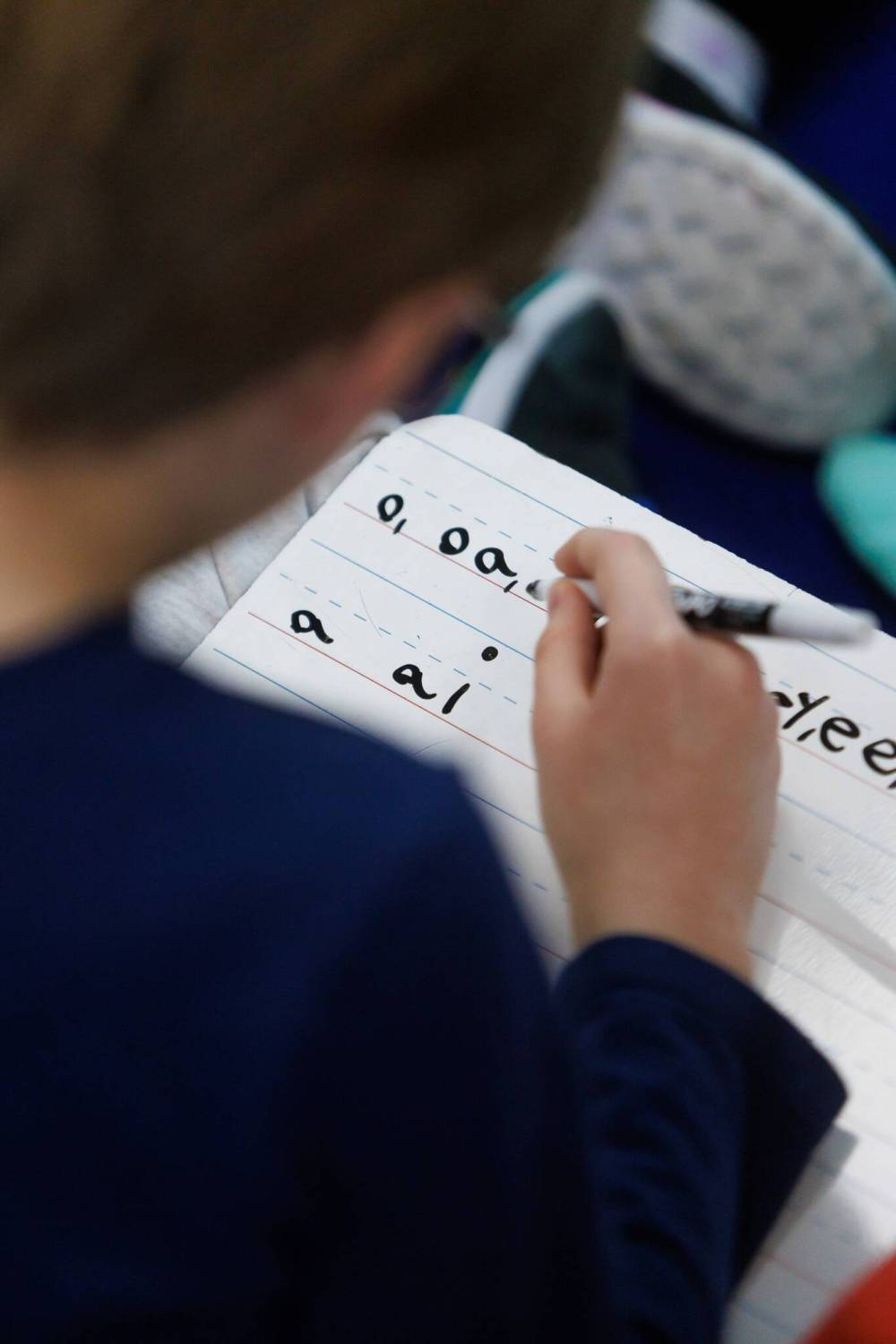Schools should be safe for teaching staff
Advertisement
Read this article for free:
or
Already have an account? Log in here »
To continue reading, please subscribe:
Monthly Digital Subscription
$0 for the first 4 weeks*
- Enjoy unlimited reading on winnipegfreepress.com
- Read the E-Edition, our digital replica newspaper
- Access News Break, our award-winning app
- Play interactive puzzles
*No charge for 4 weeks then price increases to the regular rate of $19.00 plus GST every four weeks. Offer available to new and qualified returning subscribers only. Cancel any time.
Monthly Digital Subscription
$4.75/week*
- Enjoy unlimited reading on winnipegfreepress.com
- Read the E-Edition, our digital replica newspaper
- Access News Break, our award-winning app
- Play interactive puzzles
*Billed as $19 plus GST every four weeks. Cancel any time.
To continue reading, please subscribe:
Add Free Press access to your Brandon Sun subscription for only an additional
$1 for the first 4 weeks*
*Your next subscription payment will increase by $1.00 and you will be charged $16.99 plus GST for four weeks. After four weeks, your payment will increase to $23.99 plus GST every four weeks.
Read unlimited articles for free today:
or
Already have an account? Log in here »
It’s a crisis that’s been simmering in silence for too long — one that has grown so steadily that teachers and support staff across Canada are now sounding the alarm with increasing urgency.
Violence in the classroom is on the rise, and it’s taking a profound toll on the people we entrust with educating our children.
According to documents obtained by the Free Press from the Workers Compensation Board, injury claims have soared in public schools in recent years.

MIKE DEAL / FREE PRESS files
Teaching — and learning — should be safe.
There were 844 more reports from school staff — including educational assistants (EAs), early childhood educators and vocational teachers — made to the WCB last year compared to a decade earlier, a 332 per cent increase.
Surface wounds and bruises among school staff quadrupled from 2015 to 2025. Open wound incidents grew ninefold.
The number of “other traumatic injuries and disorders,” including concussions, back pain and general soreness, also increased dramatically during that period, from 34 in 2015 to 434 in 2025.
According to various reports and surveys, staff are being punched, bitten, kicked and spat on at increasing rates. What was once seen as isolated outbursts in schools now appears to be a growing and deeply rooted problem.
Manitoba is not alone.
In Ontario, research shows the rate of student-initiated violence against elementary school teachers grew by more than 30 per cent between 2017-18 and 2022-23.
Meanwhile, research from the University of Ottawa shows the rate of violence against women in schools is twice that of men.
Violence in schools is not just about a child acting out. It often reflects broader systemic challenges: underfunded classrooms, unmet mental health needs, insufficient support staff, and unclear or inconsistent policies.
Teachers and EAs are often being asked to manage increasingly complex behavioural and emotional issues without the tools or training to do so safely.
Many students who lash out are struggling with trauma, disabilities or mental health issues. But the needs of these students do not justify the absence of protections for educators or the failure to invest in properly supporting everyone in the classroom.
Unfortunately, this crisis has not received the attention it deserves. That needs to change. And the response to it should be multi-layered.
For starters, the province should begin collecting and publishing data on incidents of violence in schools — not only to quantify the problem but to better inform decisions about staffing, training, and resource allocation.
School divisions should also re-evaluate their policies around violent incidents. Educators must feel empowered to report violence without stigma or fear of reprisal. Clear protocols must be in place for responding to assaults and threats, and staff should be trained not only in de-escalation but also in recognizing when a situation requires additional intervention.
Perhaps most importantly, the provincial government must significantly increase funding for in-class supports. That means hiring more EAs and mental health professionals, reducing class sizes and ensuring that schools serving high-needs populations are prioritized.
None of these changes can happen without first acknowledging the problem. The silence around violence in schools must end. A culture of concealment helps no one and harms everyone.
Violence in the classroom is not “part of the job.” It is not something that teachers should be expected to tolerate. It is a workplace safety issue, a public health issue and an educational equity issue. If we truly value our educators and the students they serve, we must act with urgency, compassion and clarity.
The classroom should be a place of safety and learning for everyone.

